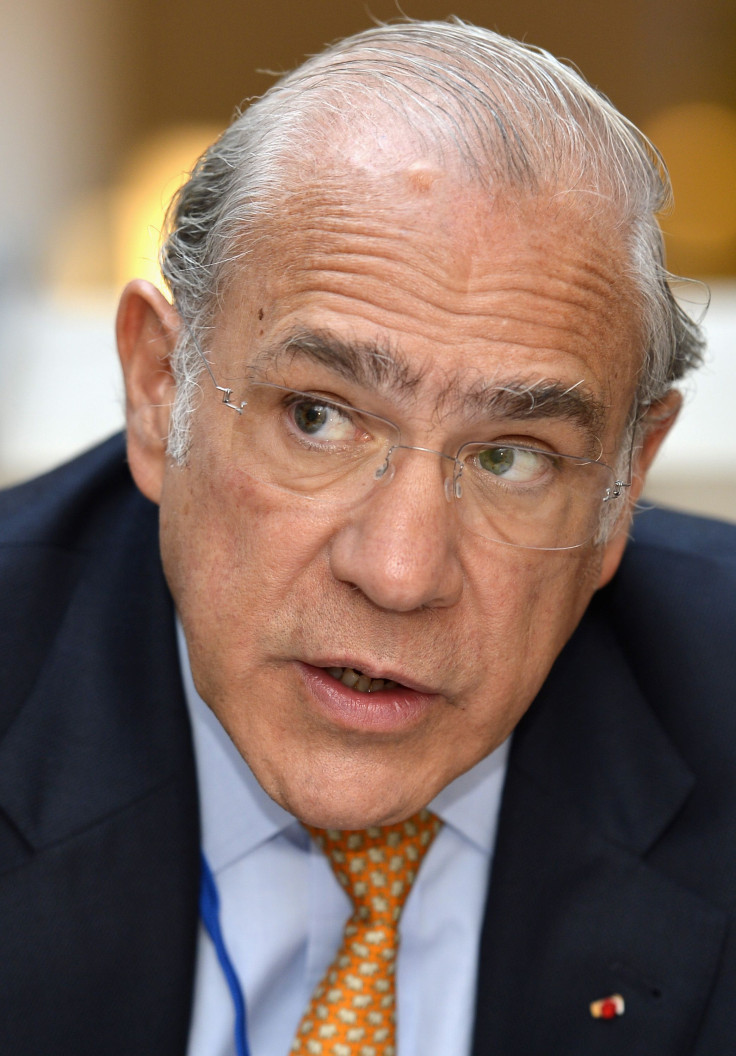Global Foreign Investment Declined By 28 Percent In Second Quarter: OECD Study

After two consecutive quarters of increases, global foreign direct investment dropped by 28 percent during the second quarter of 2013, a return to the downward trend that started in the first quarter of 2012, according to a report by the Organization for Economic Cooperation and Development.
Outgoing investment by OECD economies declined by 20 percent to $155 billion, while inflowing investment to OECD member states declined by 26 percent to $137 billion.
The European Union saw outgoing investment fall by 82 percent, from $44 billion to $8 billion. Among EU nations, Germany saw particularly severe declines in outflows, which the report said was primarily a factor of German affiliates shouldering more intercompany debt.
Nineteen OECD countries had negative foreign investment outflows or inflows, or both, according to the report.
A precipitous drop in outflow investment from Russia accounted for most of the decline among non-OECD G-20 countries. In the first quarter, investment outflows from Russia equaled $54 billion, but by quarter two it had dropped to a paltry $1 billion. Brazil and China also saw declines in outflowing investment.
Three countries received about half of all foreign direct investment: China attracted $61 billion, or 21 percent, of the total; the United Kingdom received $41 billion; and the United States received $38 billion.
Among countries seeing inflow increases: Australia saw a rise to $12 billion from $10 billion, the U.S. saw inflows rise from $29 billion to $38 billion, and the U.K. saw them rise to $41 billion from $34 billion.
Mexico recorded its highest level of investment inflows, $18 billion, up from $5 billion the previous quarter, which was boosted by Belgian-based Anheuser-Busch’s acquisition of Grupo Modelo.
Indonesia, Brazil, China and South Africa received between 4 percent and 28 percent more foreign investment than in the previous quarter.
© Copyright IBTimes 2024. All rights reserved.




















